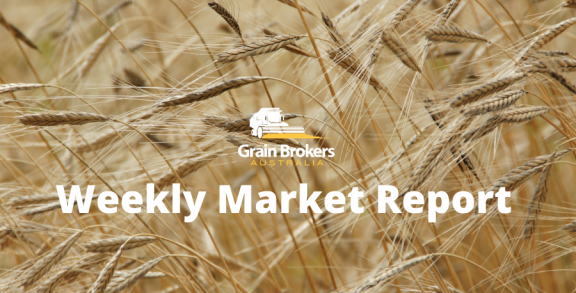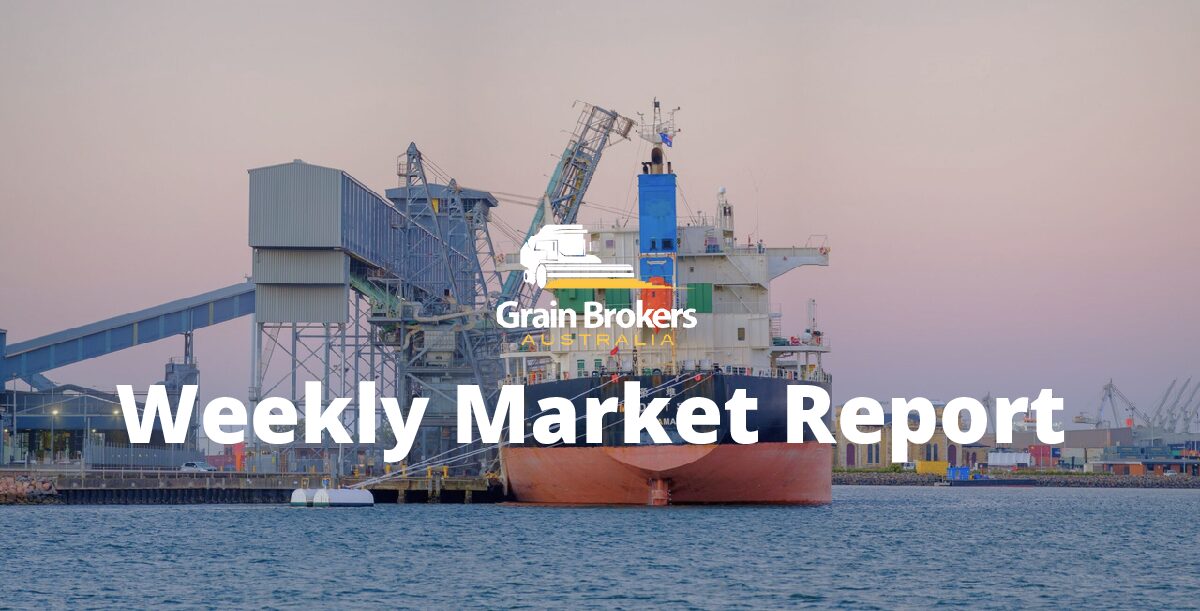
In a country where lush fields of soybeans and corn generally dominate the farming landscape, this season’s wheat crop in Brazil is on track to set a new production record and get closer to the government’s goal of being self-sufficient within the next five years, and a net exporter within ten years.
With the early wheat harvest now underway in the country’s Central West, local agribusiness consultants Safras & Mercado expect Brazilian farmers to harvest 10.935 million metric tonne of wheat this year, up from their early season estimate of 10.5MMT. If the lofty forecast becomes a reality, this year’s crop would be a staggering 41.2 per cent higher than the previous record of 7.745MMT, set just last season, and more than double 2019/20 production of 5.2MMT.
The potential record crop has been facilitated by a substantial increase in the planted area, up from 2.7 million hectares in 2021/22 to 3.2 million hectares when seeding concluded at the end of June. This is the second biggest wheat area on record behind the 3.3 million hectares seeded in the 1990/91 season, off which only 3.3MMT was reaped. Much progress has been made in developing hybrid wheat varieties more suited to tropical conditions, and farmers have also reacted to the higher global price environment over the last couple of years.
Wheat production has traditionally been confined to the country’s south, with the southernmost state of Rio Grande do Sul the biggest producer. Production in Rio Grande do Sul is expected to be around 5.1MMT in 2022/23, with the state of Parana the second biggest producer at around 4.2MMT, despite being hit with a significant frost event on August 20 and 21.
The new varieties have boosted production in the central and central-south regions of the country, with the vast topical savannah ecoregion known as the Cerrado biome now littered with wheat crops over the winter growing season. Growers in this region have traditionally grown soybeans and corn but are embracing wheat as a viable and profitable crop rotation alternative. The most significant production growth this season is forecast to occur in the states of Bahia, Goias, Parana, Sao Paulo and the Federal District.
The potential for increased production in the Cerrado is enormous. The extensive vegetation and farming area represents around 25 per cent of Brazil’s land area. But just 5 per cent or about 200,000 hectares of the possible 4 million hectares has been planted to wheat this season. Of the 4 million hectares, around 1.5 million can be irrigated to maximise yield potential, with the remaining area rainfed.
The irrigated wheat cultivar BRS 264, developed by the state-owned Brazilian Agricultural Research Corporation (Embrapa), makes up 70 per cent of the area planted in the Cerrado. The new variety set a world record for yield gain per day in 2021. Paulo Bonato, who farms in the municipality of Cristalina, Goias, harvested a crop that yielded 9.63 metric tonne per hectare. Based on the 119-day growing season, the irrigated crop produced 80.9 kilograms per hectare per day. That compares to the New Zealand yield per hectare world record crop that added 54.8kg/ha/day over its 317-day growing season.
Embrapa currently has at least four cultivars specific for the Cerrado region, suited to both irrigated and non-irrigated growing environments. Wheat offers an excellent second crop option following soybeans. It acts like a soil ameliorant, enhancing nutrient efficiency and helping with the control of soil-borne pests and diseases.
In addition to helping move Brazil toward self-sufficiency, Embrapa hopes that the varietal innovations emanating from its extensive research work will ultimately provide an important contribution to global nutrition. The wheat developed by Embrapa could also thrive in areas of great need, such as Sub-Saharan Africa. The tropical and sub-tropical latitudes of the world hold some of the greatest potential for the expansion of food crops such as wheat.
The timing of this massive boost to domestic production could not have been better, with Brazil’s biggest import supplier, Argentina, having a shocking season. The southern neighbour is traditionally responsible for around 85 per cent of wheat imports, with domestic millers benefitting from the country’s proximity and tax-free arrangement for Argentine exports.
The latest USDA estimates put wheat imports at 6.4MMT, but that is based on its much lower production estimate of 8.7MMT. The USDA also has Brazil pencilled in for 3.2MMT of wheat exports, including the wheat grain equivalent of value-added products such as flour and pasta. Saudi Arabia is expected to be the biggest destination, but Indonesia, Morocco, South Africa, Sudan and Vietnam could also figure prominently in export data.
If the Safras & Mercado production forecast proves correct, that will likely lead to a decrease in the import requirement. However, the drought in Argentina and supply issues in other geographies could also lead to additional export opportunities as food prices continue to increase across the globe.
With demand for wheat high in global markets, Brazilian growers hope to gain a higher return on exports in United States dollars to compensate for the growing production costs, given the Brazilian currency’s dramatic devaluation. Fertiliser is one of the biggest production costs, with Brazil only producing 15 per cent of its requirements. Exports to Middle Eastern and North African nations are expected to rise proportionally more than other destinations as Brazil looks to secure increased fertiliser flows from these regions in a barter exchange for food shipments.
Call your local Grain Brokers Australia representative on 1300 946 544 to discuss your grain marketing needs.





